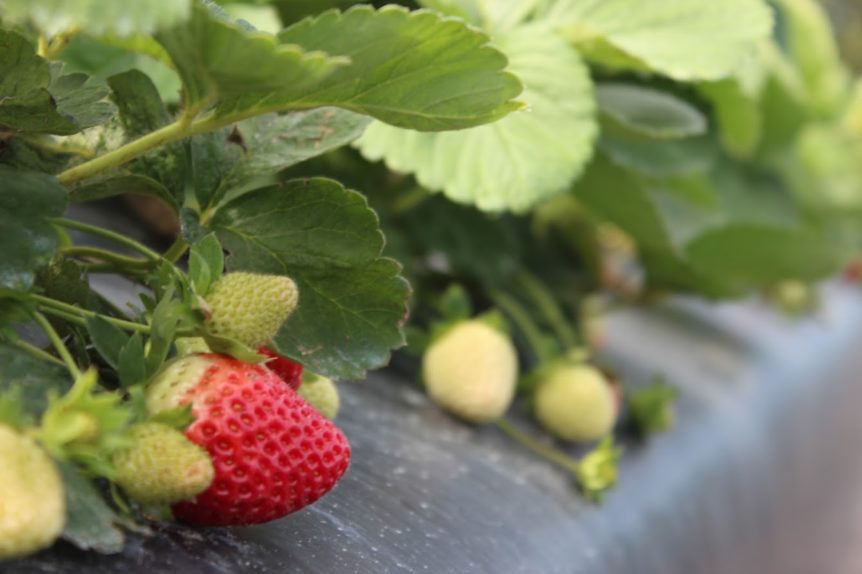
By Clint Thompson
It is amazing how the absence of a late-season freeze event will impact strawberry plants in Alabama. For producer Taylor Hatchett, it meant all the difference in this year’s crop.
“It’s a thousand times better than last year. It was very unusual in that, normally you start small with your harvests, then get up to your maximum and then trend back down. This year, I guess we were into our second week of harvest, we were just in more volume than we were ever at, at that time of harvest. The plants were just loaded,” Hatchett said. “It was like they had set so many crowns at one time, and then we didn’t have any cold temperatures that damaged those early blooms. We just had this massive crop early on. Then we trended down, and then we had a little bit of a rise and back down.
“We ended up, though, with a really good season. We had some rain that came at less-than-ideal times and affected some of our harvests, but all in all, it’s a very good year.”
Unlike Last Year
This year’s crop dwarfed last year’s yields which were negatively impacted by a spring freeze.
“That set everything back (last year). It was one of those freezes where it didn’t matter if you covered or not. It just got colder than what the blooms and the early fruit could withstand. That had a huge impact on the first three weeks of harvest season. It was significantly reduced because of that late cold snap,” said Hatchett, who emphasizes the impact from a spring freeze is not just isolated to strawberries.
“Last year the peach crop for the county was almost non-existent (because of a freeze). This year it’s just a bumper crop. It’s the same with the blueberries,” Hatchett said. “We didn’t even harvest any blueberries last year, and I’ve got bushes more loaded than they have ever been in the past 10 years.”
Hatchett grows two acres of strawberries in Chilton County, Alabama, and retails about 95% of what is produced.
“It’s a very small system but with high returns on it,” Hatchett said.










